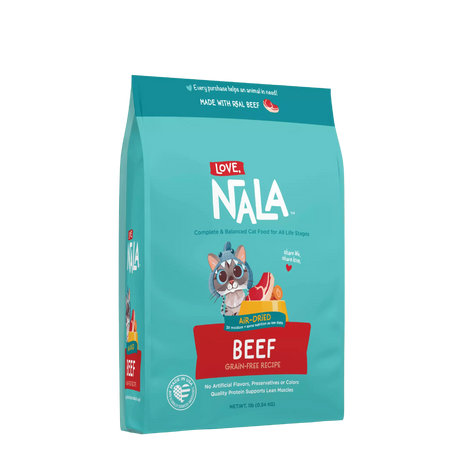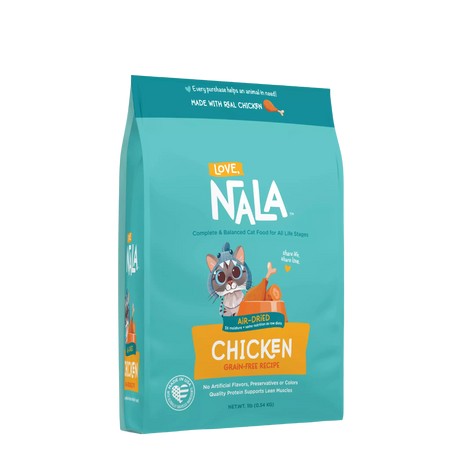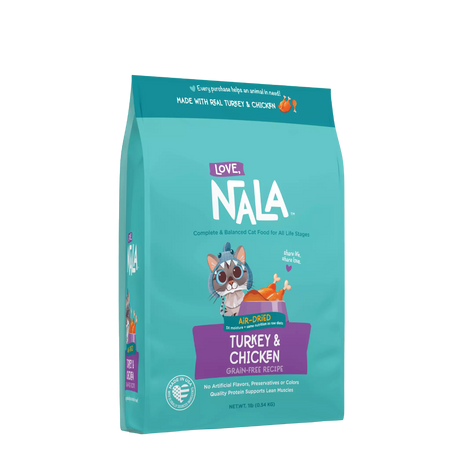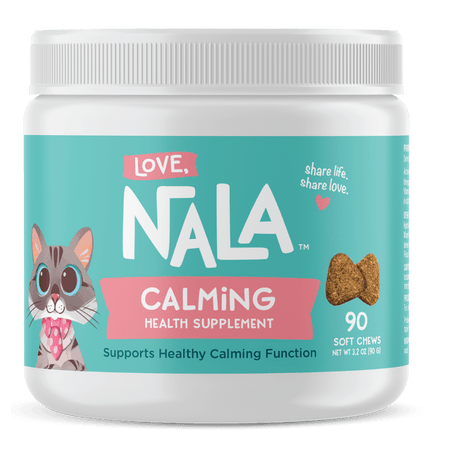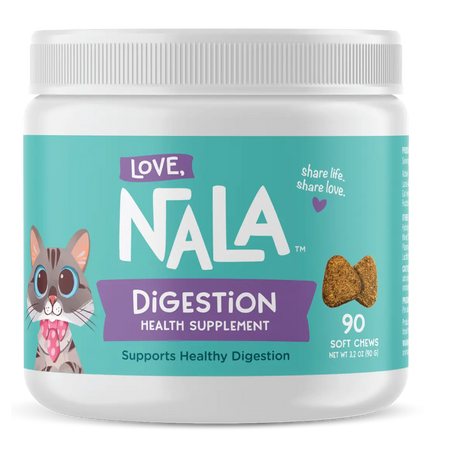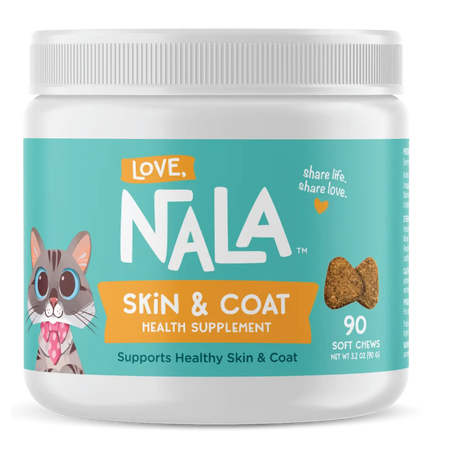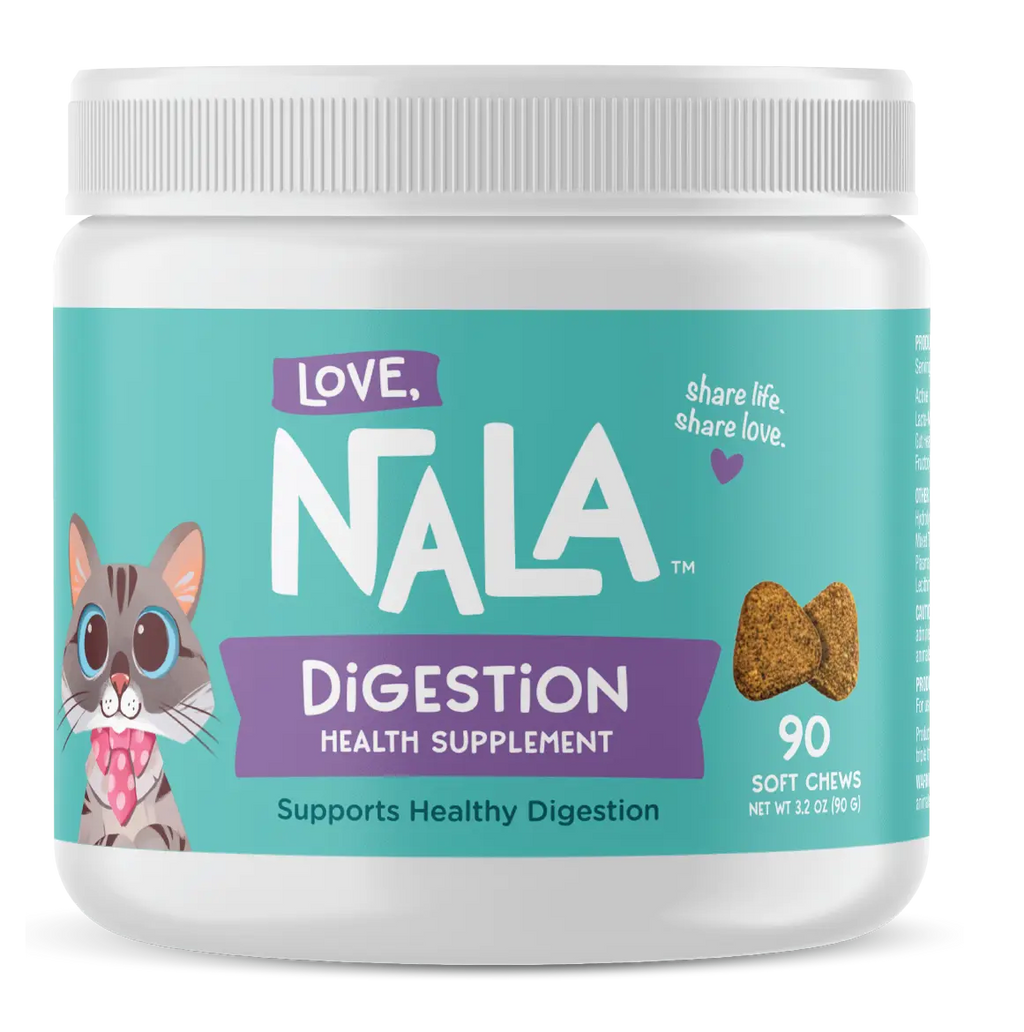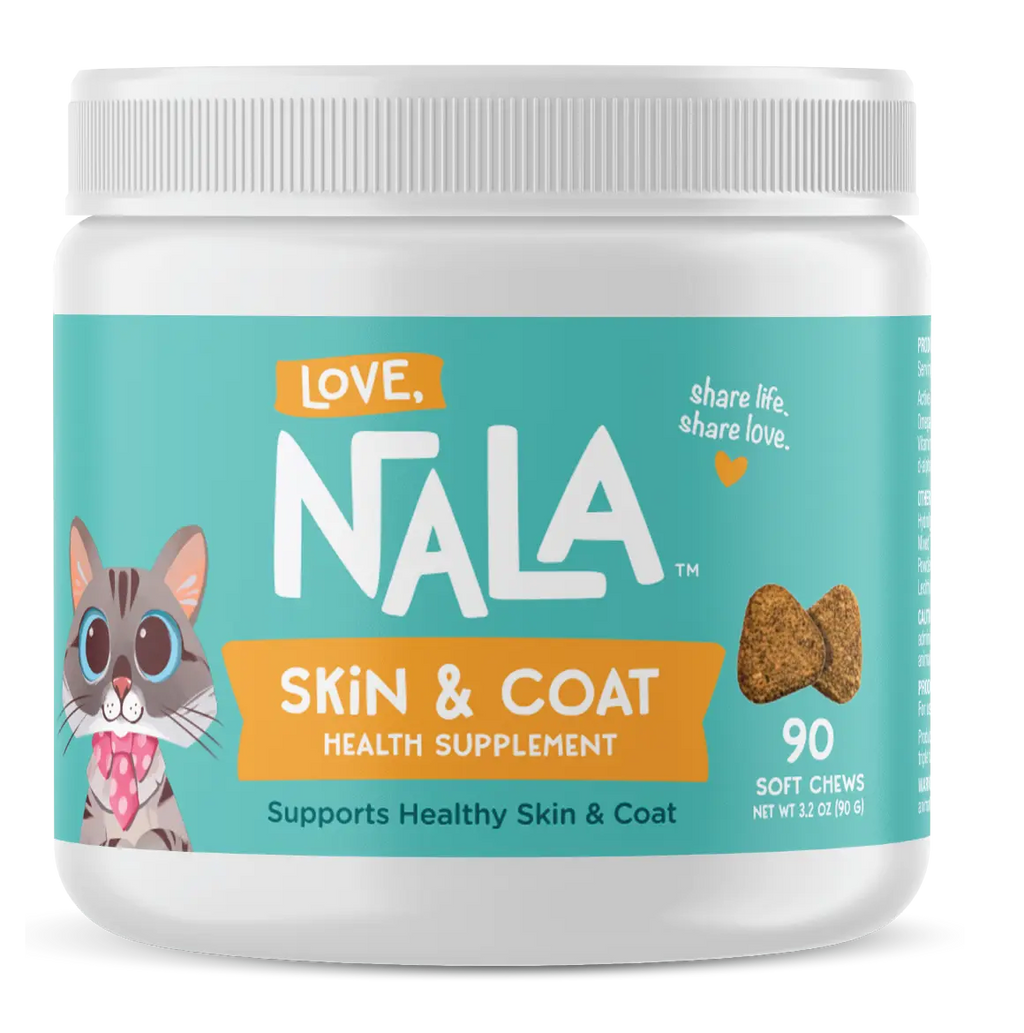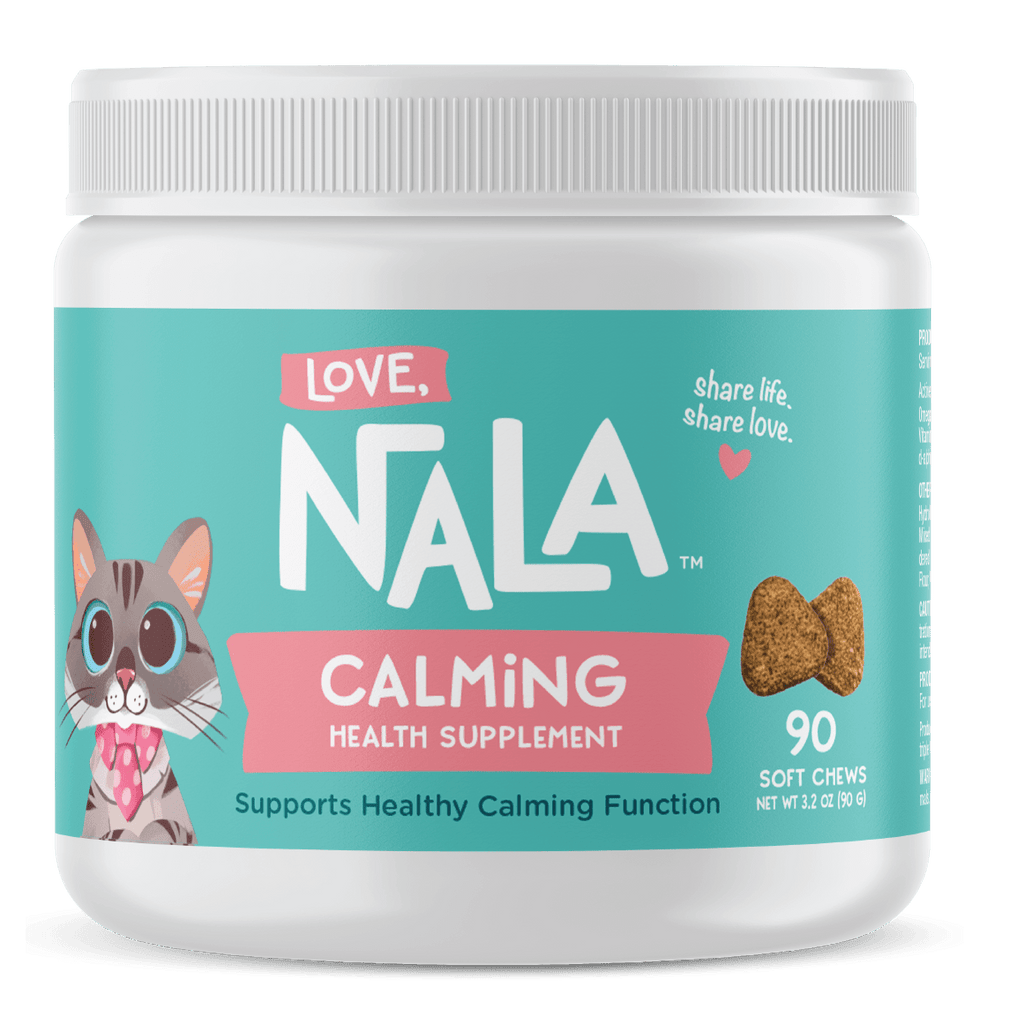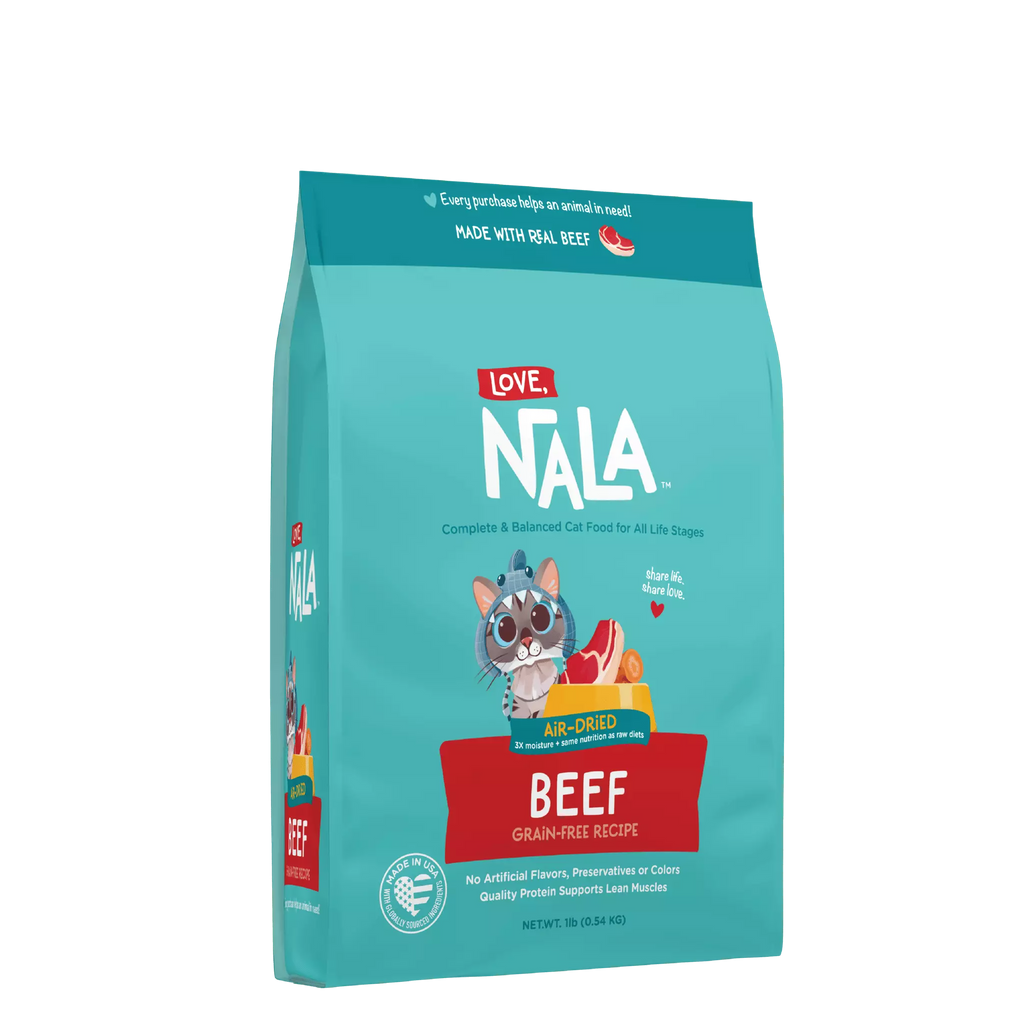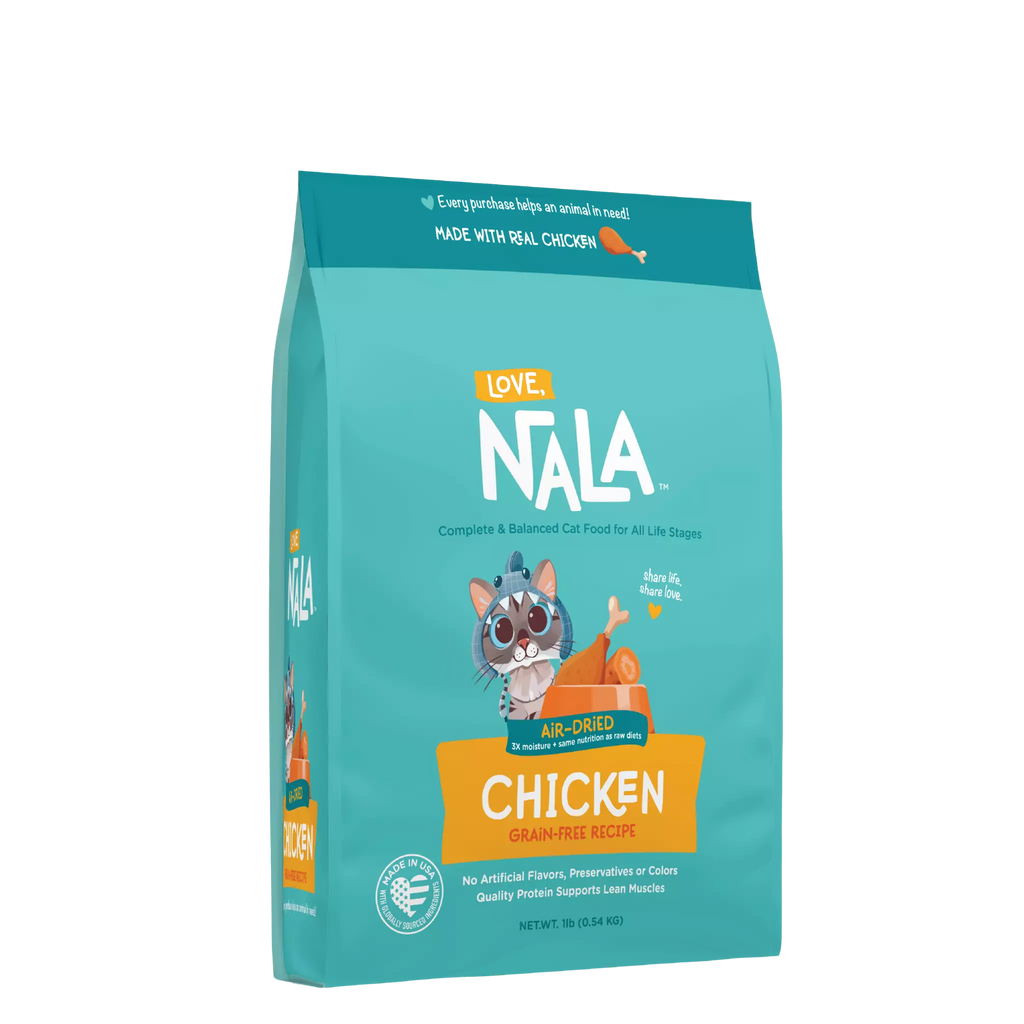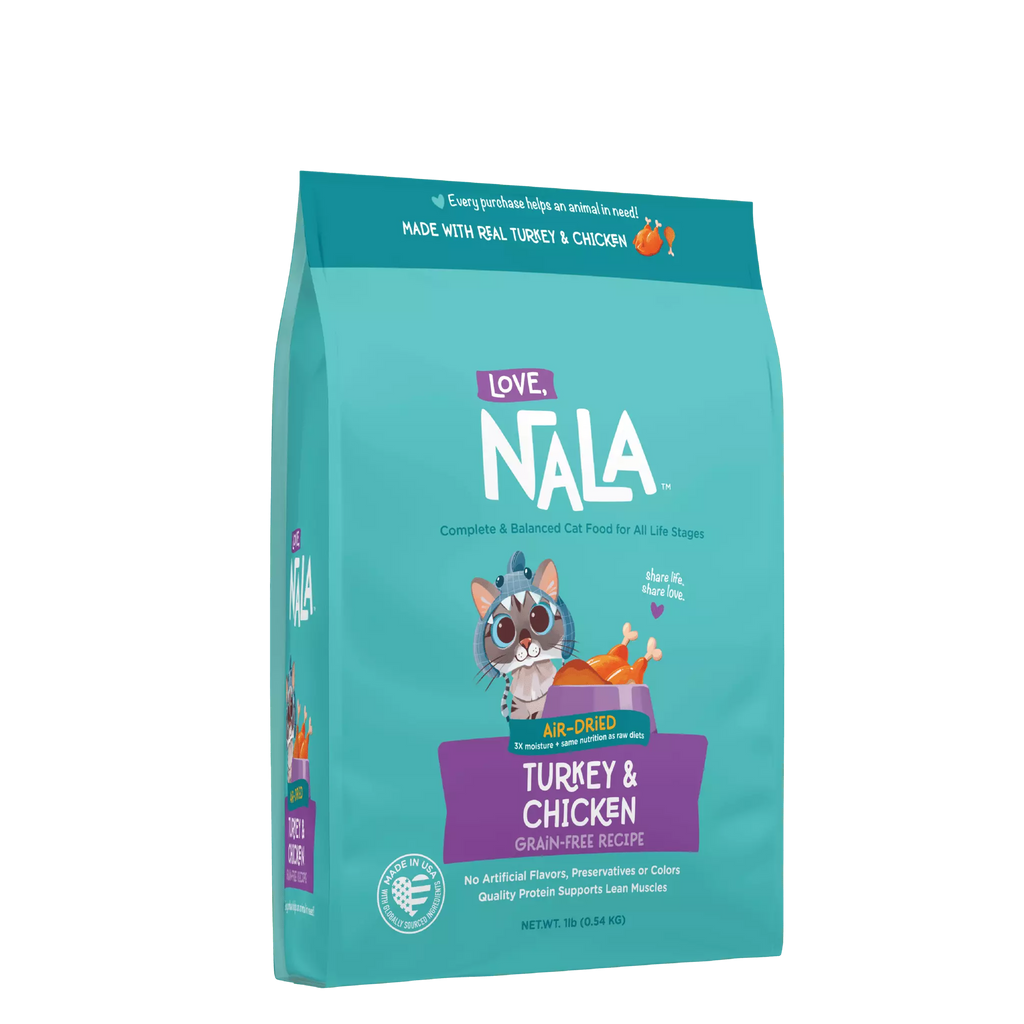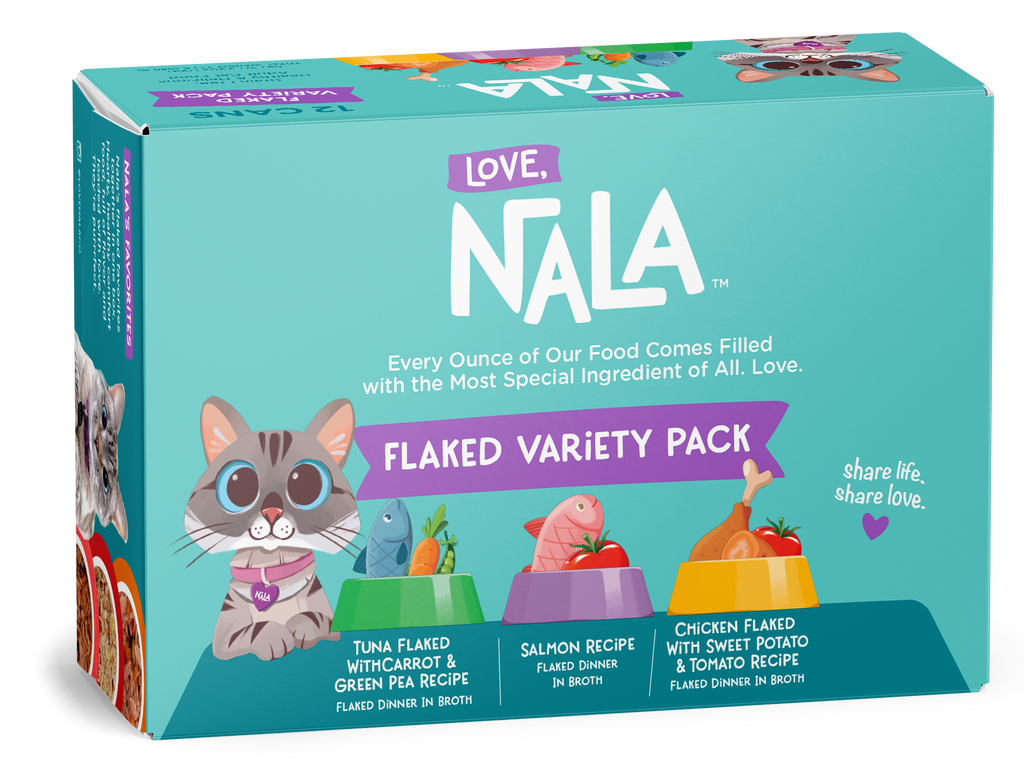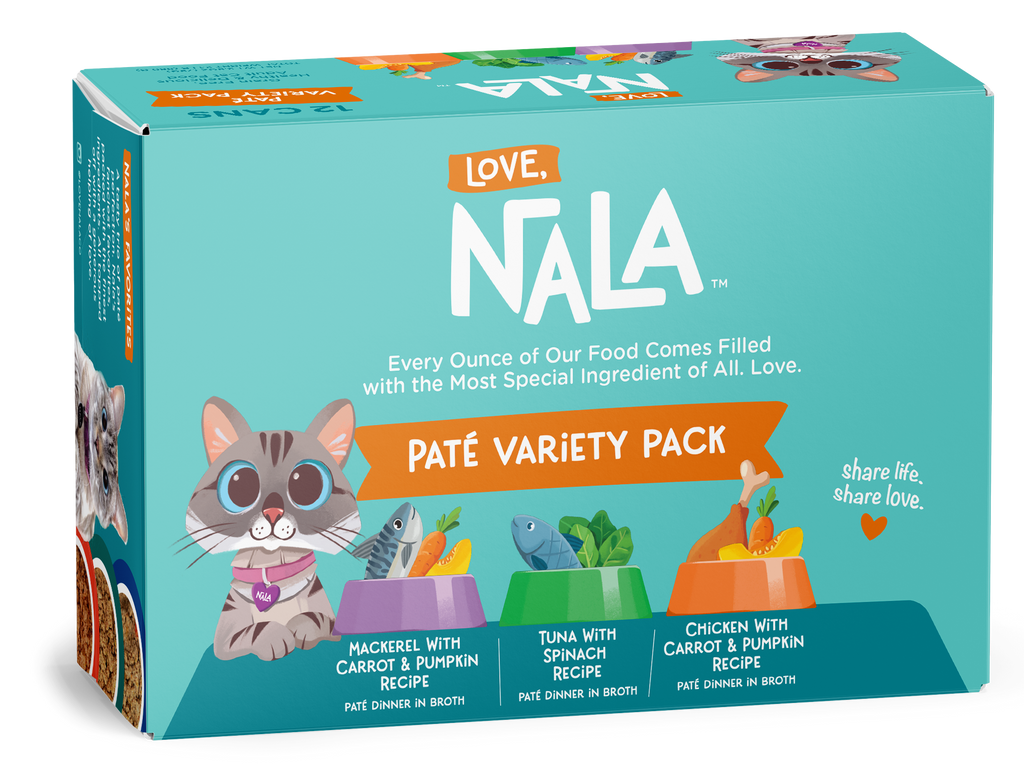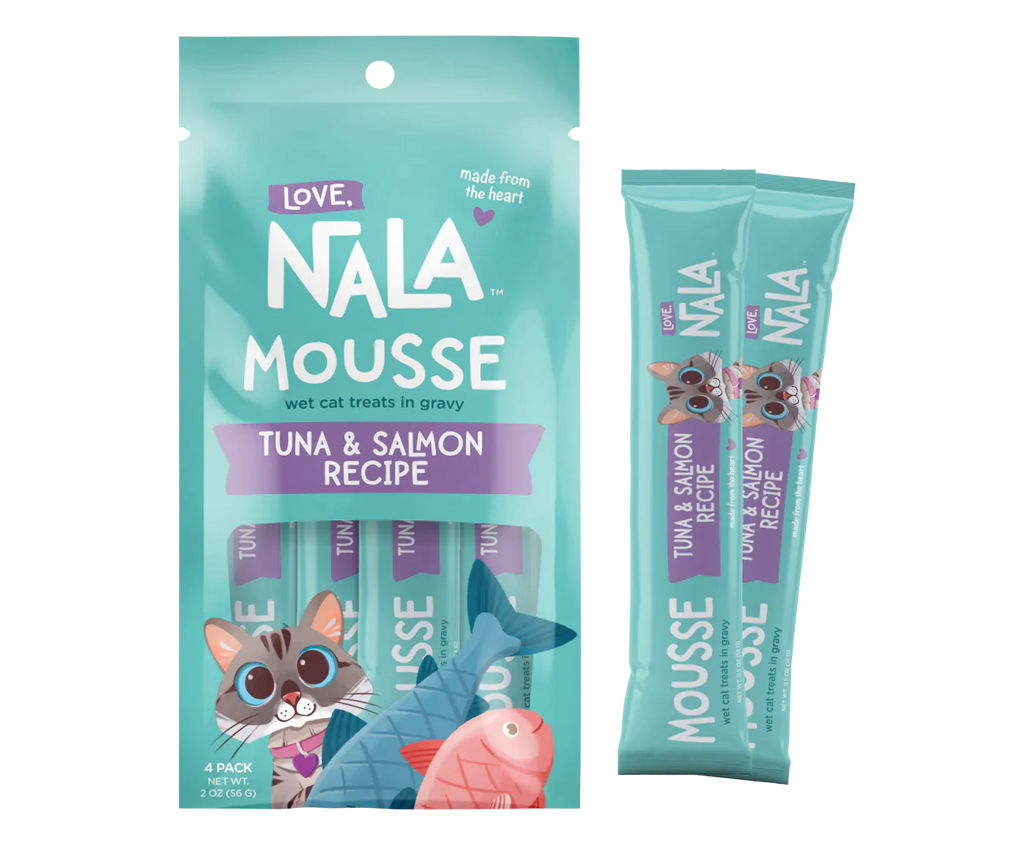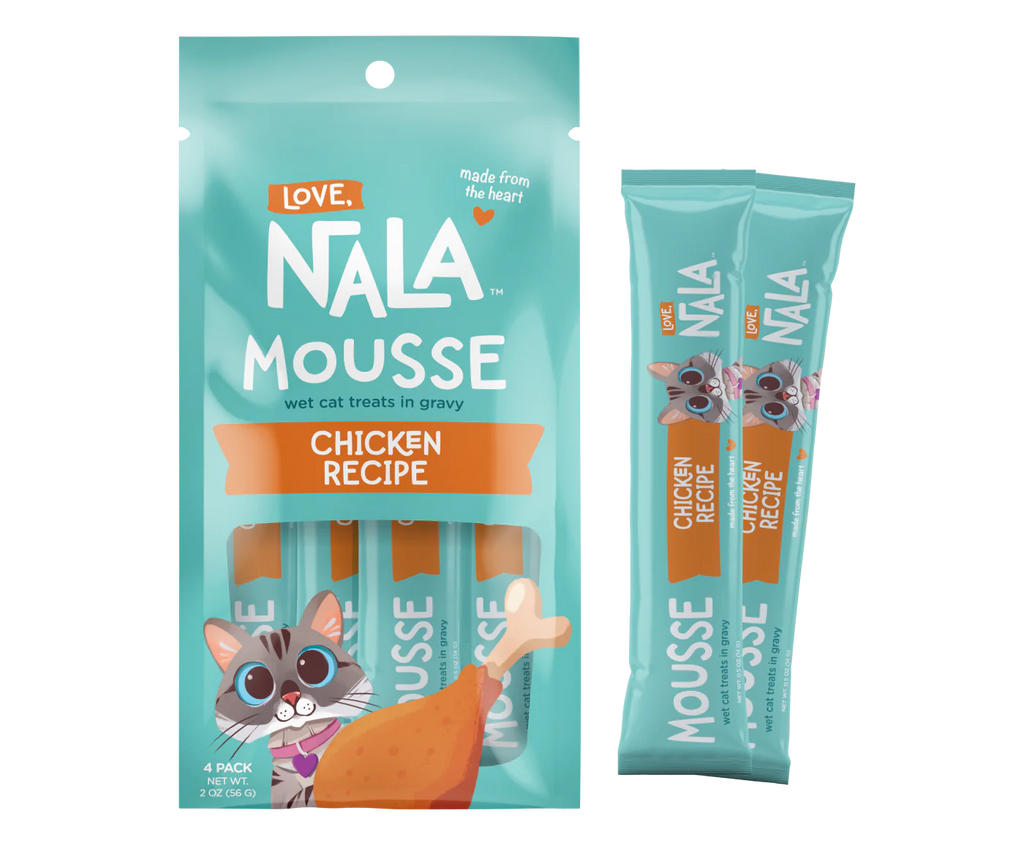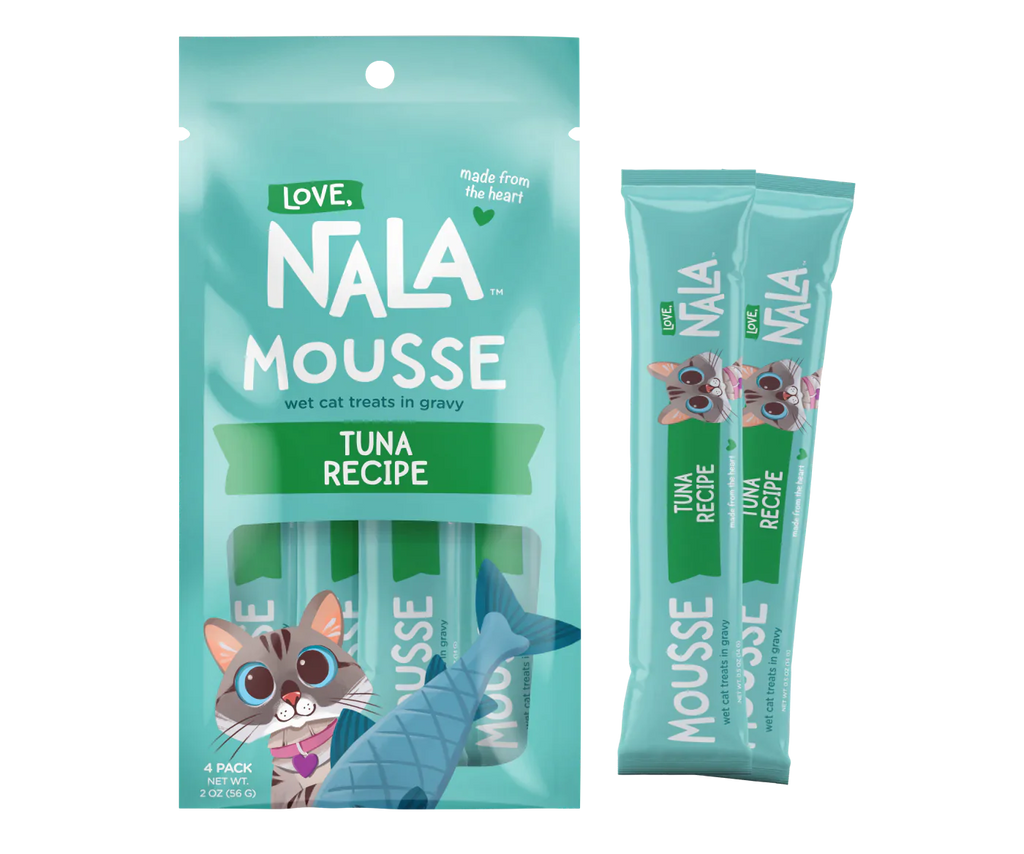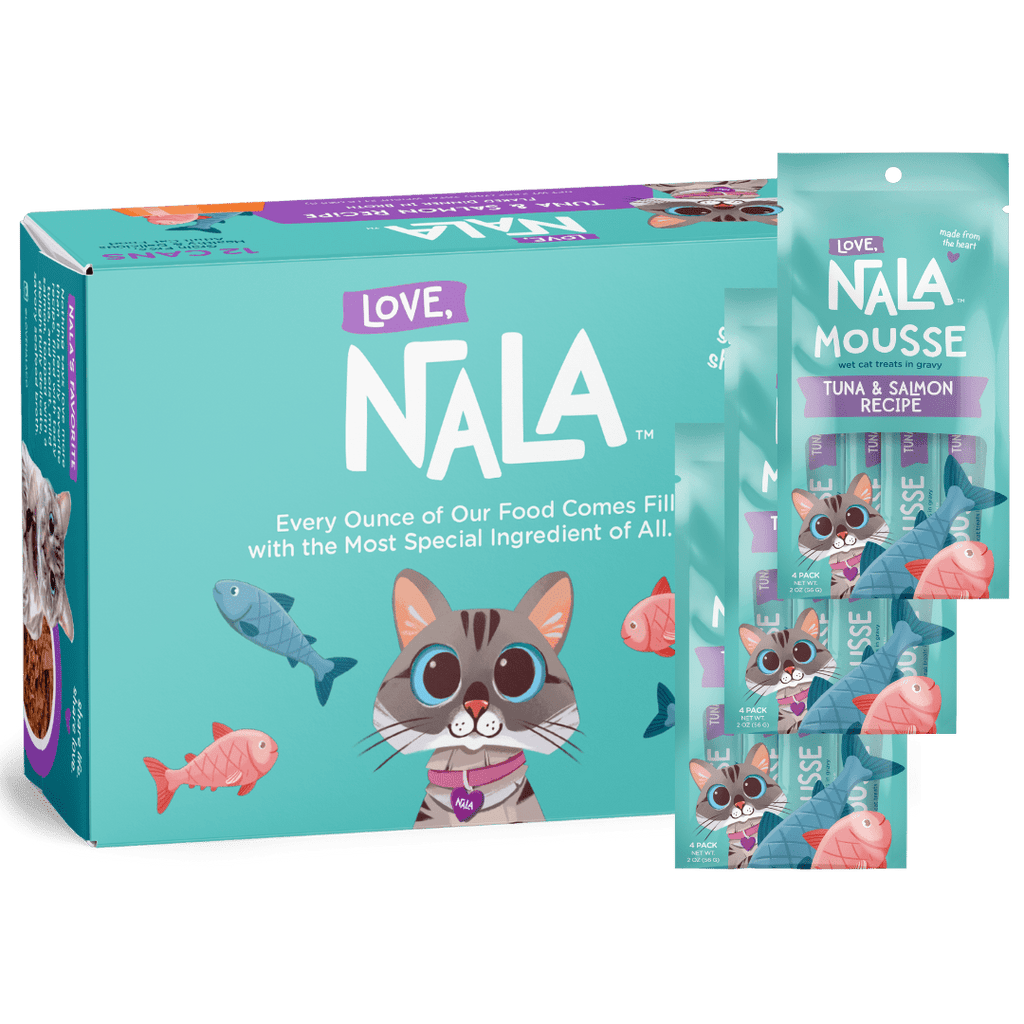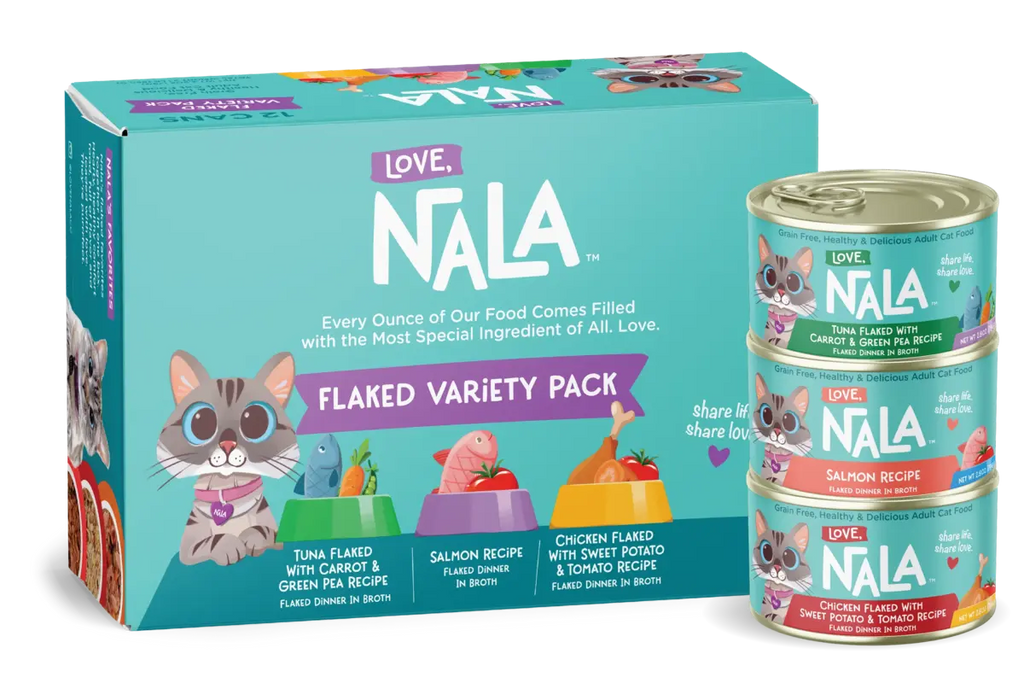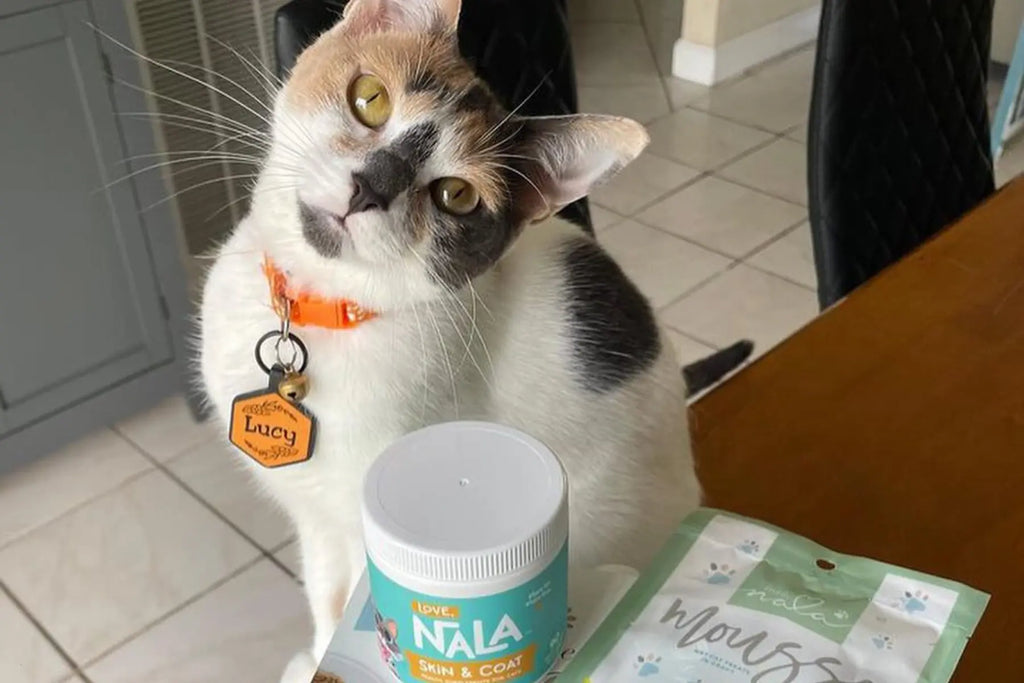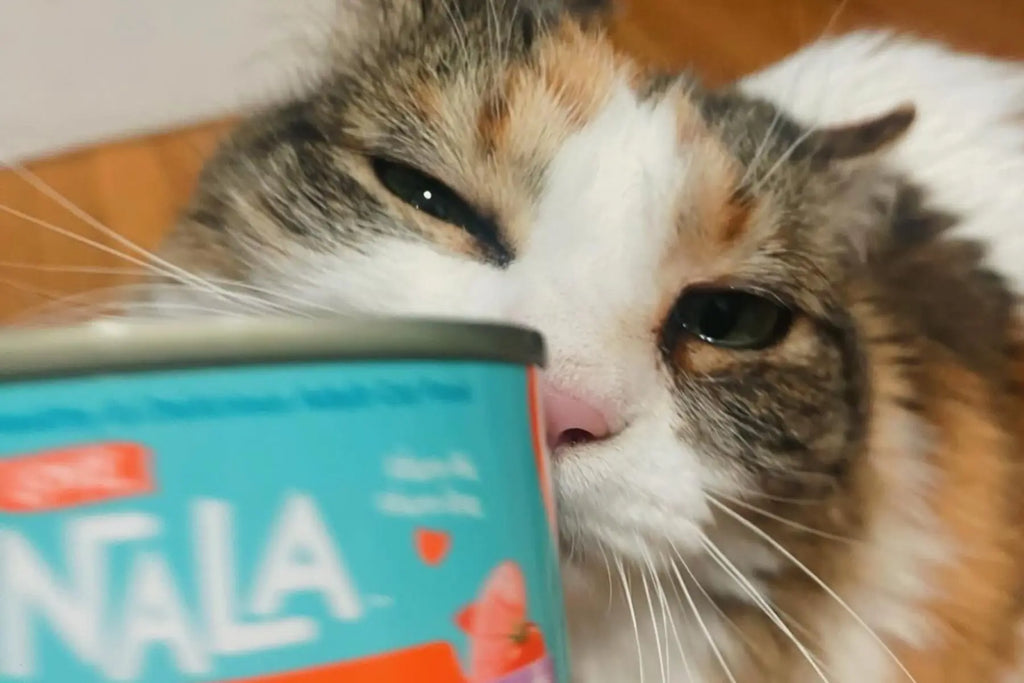Whether you're a new cat owner or a seasoned feline companion, you're likely aware of the role that diet plays in maintaining your furry friend's health and happiness. One of the most common ingredients in cat food is tuna, known for its popularity among feline gourmands. Cats find tuna irresistibly delicious. The rich aroma and distinct taste of tuna make it a favorite among our feline friends, thus making tuna fish cat food a staple in many households.

Nutritional Benefits of Tuna
When it comes to feline nutrition, not all foods are created equal. Some ingredients simply shine brighter in the constellation of dietary choices, and among them, tuna holds a special place. It has emerged as an enticing option, primarily due to its rich nutrient profile that aligns well with a cat's dietary requirements. But what exactly does tuna bring to the table? Let's explore the nutritional wealth this fish carries and why it has earned a well-deserved reputation as a healthy cat food ingredient.
High Protein Content
Cats are obligate carnivores. This means that their bodies are designed to derive essential nutrients from animal-based proteins. Unlike omnivores such as humans, cats utilize protein as their primary energy source. They need a significant amount of it daily to maintain optimal health. In this regard, tuna is a star performer, boasting a high protein content that meets this critical feline need. Whether it's the muscle-building amino acids or the energy derived from protein, tuna serves as a reliable source, making it one of the best cat food ingredients.
Essential Omega-3 Fatty Acids
The benefits of tuna for our furry friends extend beyond its impressive protein content. Tuna is also rich in Omega-3 fatty acids, crucial fats known for their anti-inflammatory properties. These fatty acids support heart health, promote a shiny coat, and aid in the development and function of the brain and eyes, especially in kittens. Cats cannot produce these essential fatty acids naturally, and tuna in oil for cats can be a potent source, making it an even more valuable part of a cat's diet.
Vitamins and Minerals in Tuna
The advantages of tuna as a part of your cat's diet don't stop at protein and fats. This nutrient-dense fish is also loaded with essential vitamins and minerals. For example, it contains a variety of B vitamins, which play a key role in maintaining a cat's healthy skin and coat, proper brain function, and red blood cell growth. Tuna is also rich in selenium, an antioxidant that helps protect cells from damage. Additionally, it's a natural source of taurine, an amino acid that cats require for heart and eye health. This impressive suite of nutrients contributes to tuna's standing as one of the healthiest cat food choices.
Forms of Tuna in Cat Food
One of the reasons behind tuna's popularity in cat food is its versatility. Tuna is available in a variety of forms, each with its unique benefits and considerations. This range of options allows cat owners to find the right match for their pets' preferences and their own convenience. Let's delve into the most common forms of tuna found in cat food: canned, freeze-dried, and raw.
Canned Tuna
The most common form of tuna in cat food, canned tuna cat food stands tall among other options due to its convenience and widespread availability. It's easy to store, has a long shelf life, and is ready to serve right out of the can. Most cats adore its soft texture and flavorful juice. However, it's worth noting that not all canned tuna are equal. Some products may contain added salts, oils, or preservatives. As a responsible cat owner, you should always check the label to ensure you're providing the best tuna for cats - one with minimal additives and a focus on high-quality tuna.
Freeze-Dried Tuna
Also known as tuna flakes for cats, freeze-dried tuna offers another viable choice. The freeze-drying process locks in the nutrients present in raw tuna, providing a safe and convenient way to offer your cat this nutritious treat. These lightweight, easy-to-store tuna flakes can be used as a meal topper or a tasty treat, adding variety and a punch of flavor to your cat's diet.
Raw Tuna Options
The idea of raw feeding appeals to some cat owners, given that it mimics a cat's natural diet in the wild. Raw tuna can be an appealing option, as it maintains the fish's full nutrient profile. However, it's crucial to handle and store raw tuna properly to avoid potential health risks, such as bacterial contamination.
Convenience and Health Implications
Each form of tuna—canned, freeze-dried, or raw—brings a unique set of benefits and considerations. Canned and freeze-dried options offer convenience and longer shelf life, while raw tuna delivers a full, unaltered nutrient profile. Understanding these aspects is essential when choosing the most suitable form of tuna to include in your cat's diet. Regardless of the choice you make, always remember to aim for balance and variety to ensure your furry friend gets all the nutrients they need.

Importance of a Balanced Diet
While tuna offers numerous benefits, it's crucial to remember that cats require a balanced diet. Pair tuna with other healthy cat food ingredients, such as certain fruits, vegetables, and grains, to ensure your feline friend gets all the nutrients they need. Cats have specific dietary requirements that differ from humans and even other pets. They require a higher protein diet and certain nutrients that are found primarily in animal tissues.
Before changing your cat's diet or introducing a new food, always consult with a vet. They can provide individualized feeding plans and advice, ensuring your cat receives the best care possible.
Incorporating Tuna into Homemade Cat Food
Creating homemade cat food can be a rewarding experience. It allows cat owners to have control over the ingredients, ensuring their pets are getting high-quality, nutritious meals. Tuna is a versatile ingredient that can be easily incorporated into homemade cat food. Whether it's flaked tuna cat food made from scratch or simply adding a few pieces of tuna to their regular diet for a treat, there are many ways to include this nutritious fish. Incorporating a variety of foods, including tuna, in your cat's diet can help prevent nutritional deficiencies and keep mealtime exciting for your furry friend.

Sustainable Fishing and Responsible Sourcing
Responsible cat ownership extends beyond our homes. By choosing cat food made from sustainably sourced tuna, we contribute to the health of our oceans and marine life. To ensure your cat food choices align with ethical considerations, look for products that follow responsible sourcing guidelines, prioritize sustainable fishing practices, and bear relevant certifications. Responsible choices start with us. By choosing cat food made from responsibly sourced tuna, we can promote sustainable practices while ensuring the health and well-being of our feline friends.
Tuna, with its high protein content, essential Omega-3 fatty acids, and essential vitamins and minerals, proves to be an excellent ingredient in cat food. We encourage cat owners to explore tuna-based diets, from canned and freeze-dried products to homemade meals. By choosing nutritious and delicious food like tuna, cat owners can help maintain their pets' health and happiness, ensuring they live long, purr-filled lives.
